Choosing The Right Tools For Your Job
In our modern lives, we are surrounded by tools as well as by necessity to use them. A tool is a gadget used for working, processing or production of things. Each gadget is tied to a specific technique or to a real technological or social process. While we might not understand the technology behind the utensil, we might still be able to use it thanks to the fact that today’s tools are made to be used by a wide public. How to find the right tool it’s a different question
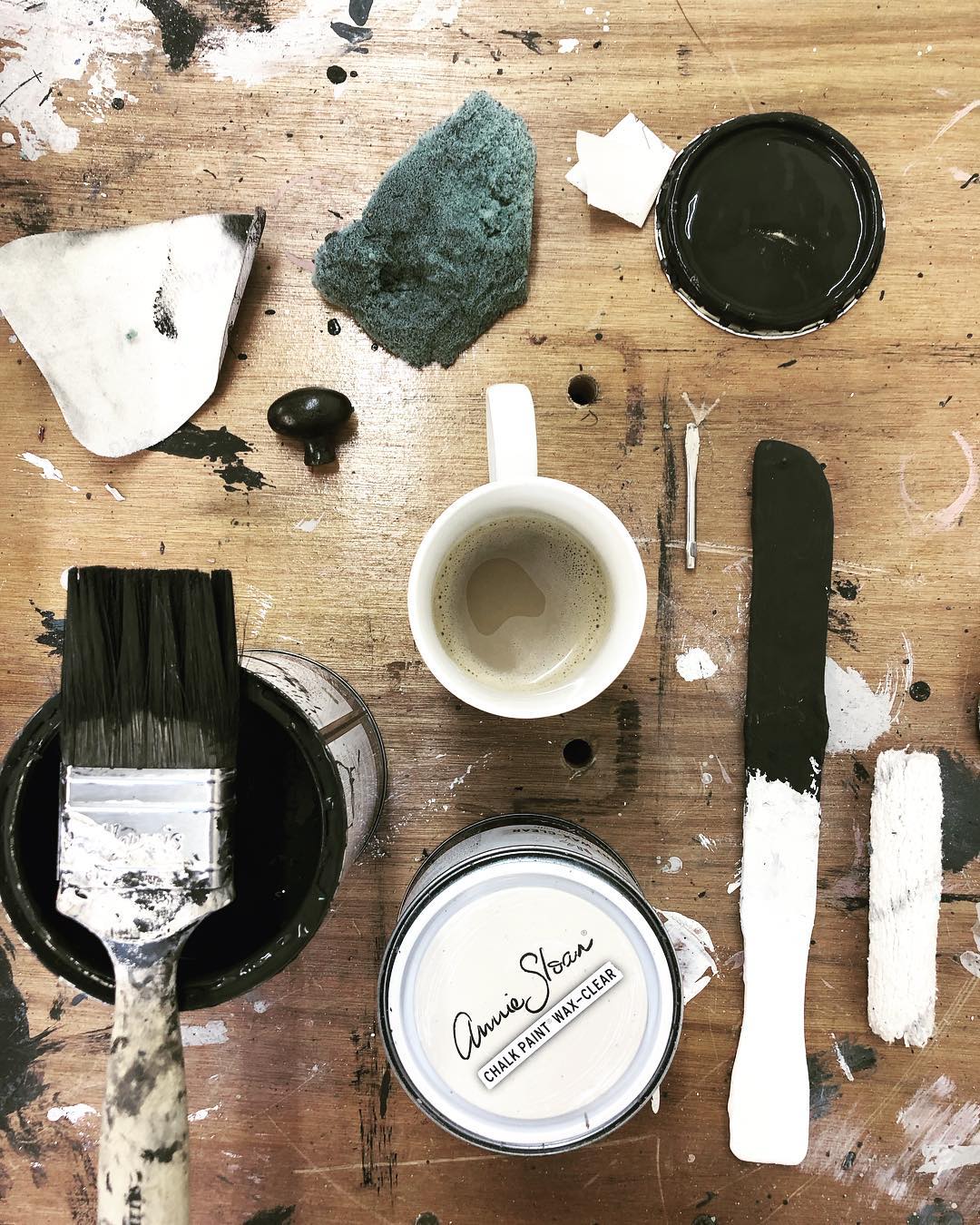
There are different categories of gadgets that we use. The most basic utensils are usually based on the principle of simple machines and they usually increase the abilities of human hands or feet. Simpler parts of larger machines are also known as tools. Tools have been with the humans for millennia and even the most sophisticated instruments of our days have their base in a simple, manual utensil that people first designed.
History of tools
The oldest documented instruments used by humans were made of stone, and they are over 2.6 million years old. The material used for their production was lava, silica or quartz (chisels, hammers, scratchers, etc.). Older artifacts produced by chimpanzees were also found to be used as instruments by humans. Read about the types of tools that have been discovered here.
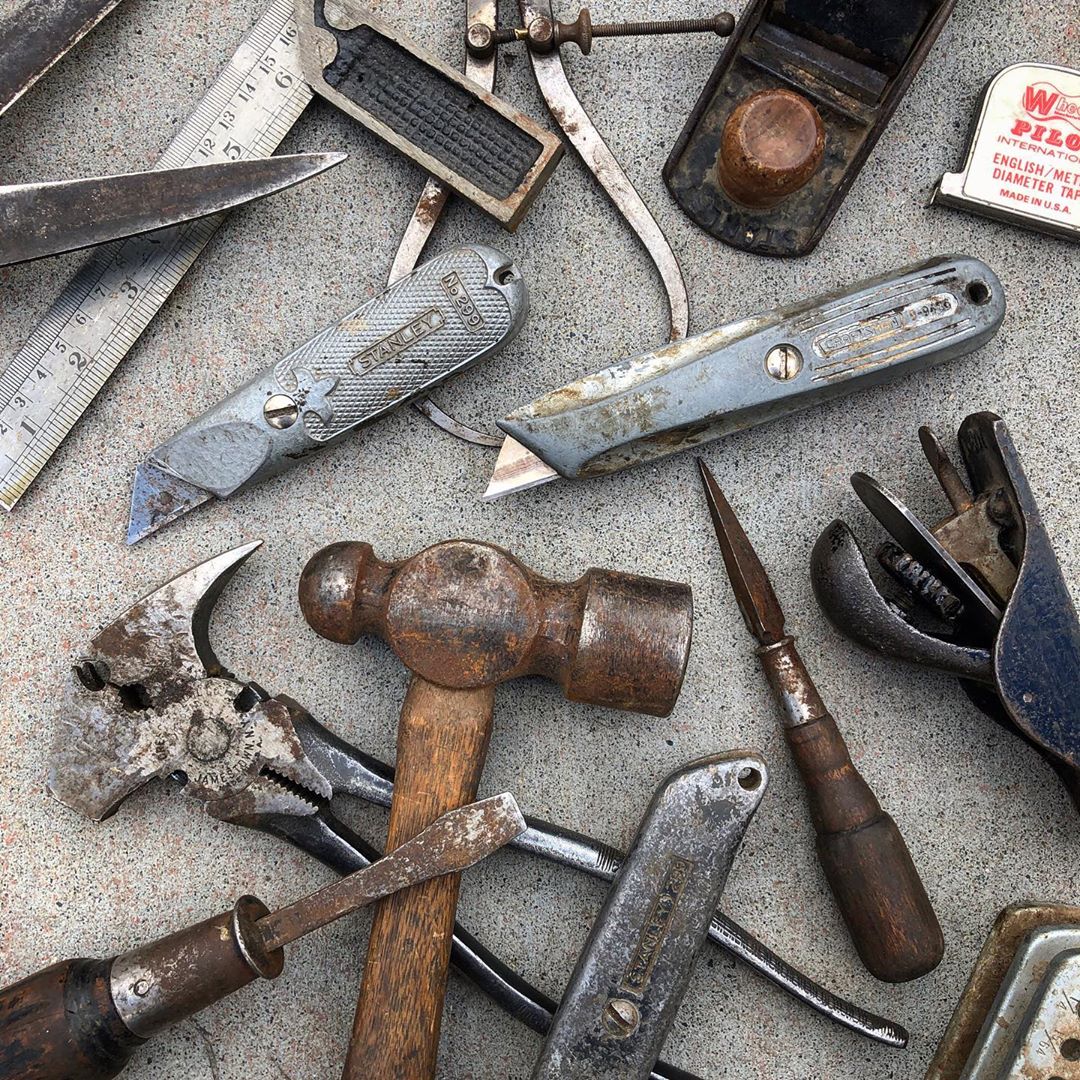
Tools are based on fundamental principles of the theory of forces. Typical forms of mechanical action include holding, moving or reshaping, cutting, separating, connecting and other processes, which are summarized under the term manufacturing process. During the development of these instruments, the process of improvement or extension of an existing instrument takes place. Alternatively, the instrument can be replaced by another, better one, with no missing physical and mental function.
For example, a hammer is an extension of the fist, a pair of tweezers extends the thumb and fingers, a crane does more than one arm, and a storage medium supplements the memory. In the most general sense, tools stand for “means to an end”, then also for people and processes in the abstract sense.
How to find the right tool for the job
It can be a challenge to choose the right gadgets for different jobs that need to be done in the house. Not everyone was born a skilled handyman and not knowing the right tools can result in not getting the job done as it should be. There are two main rules when choosing the gadget, and that is its quality and its functionality.
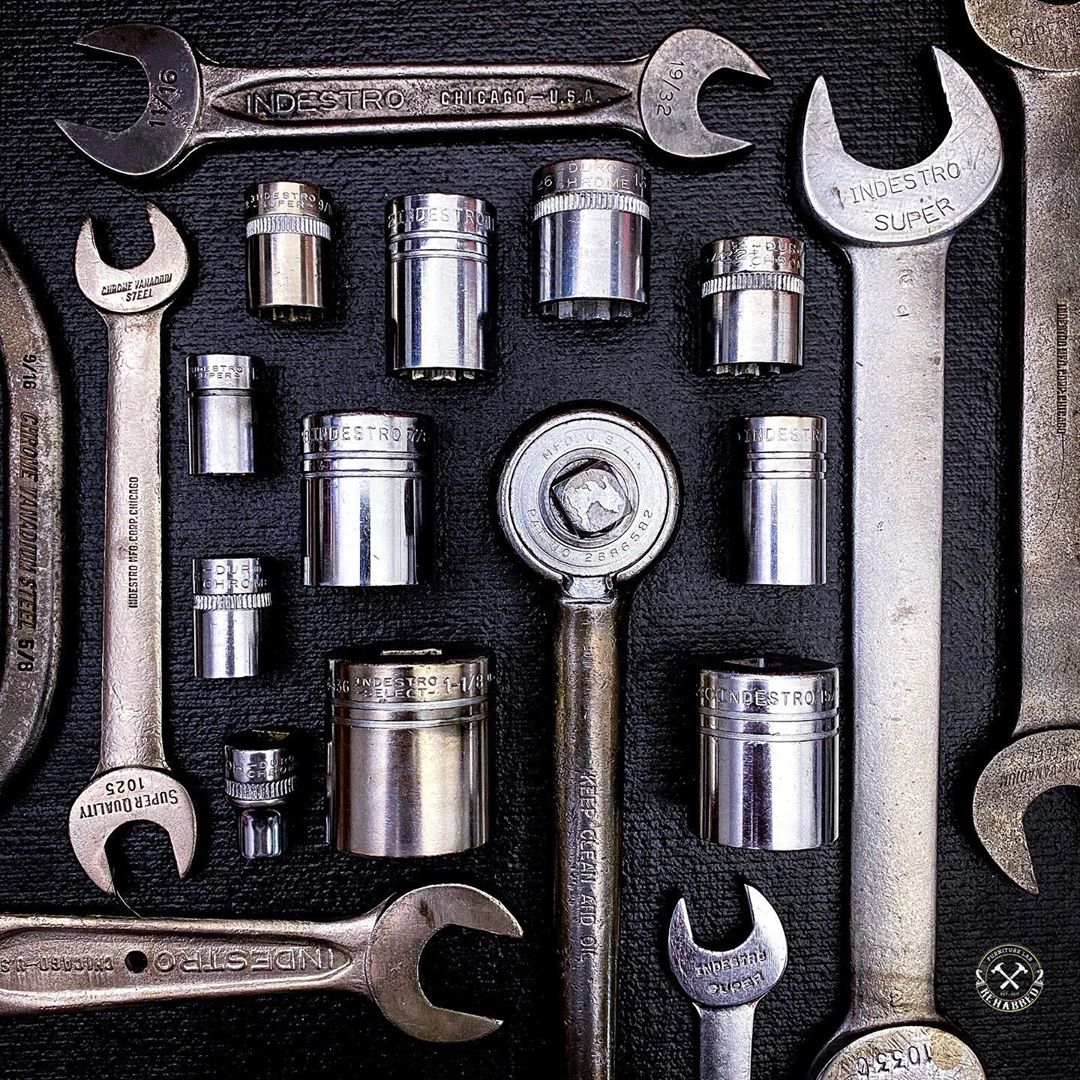
First of all, you need to make sure you are choosing a quality instrument. The company description is one thing, but the real-life reviews is much more important. These can be found at https://www.toolreviewsguy.com/ which gives you a chance to select the right type of the tool from all the offers that are out there on the market. After all, the tools can be expensive to purchase, and you do not want to end up with one that isn’t working properly.
The second rule is to choose the right instrument for the type of work you need to get done as not all the tools work for all jobs. These are the three most common activities you might find yourself performing in your home, and the right instruments to use for them:
Drilling
Drilling is the process of cutting into the material by the rotary movement of a tool (drill). The drill performs the main cutting (rotating) movement as well as the minor (feed) movement. Drilling creates cylindrical holes in the workpiece, which may be through or blind. When drilling on a drill, the tool performs both motions (both in engagement and in cut), while the workpiece usually does not move. When drilling on a lathe, the workpiece rotates, and the drill moves into engagement.
There are two types of drilling that you might consider: machine drilling, or hand drilling. Machine drilling is done on a bench or bench drill – the workpiece is on the table and can be clamped on the lathe. With hand drilling, you hold the drill sticks in hand. Both electric or cordless drills are used.
Screwing and unscrewing
Screwing is the process of tightening something with the screws, so it holds in its place. The most typical and simplest tool that you should definitely have in your home is a screwdriver. A screwdriver is used both for screwing and loosening the screws.
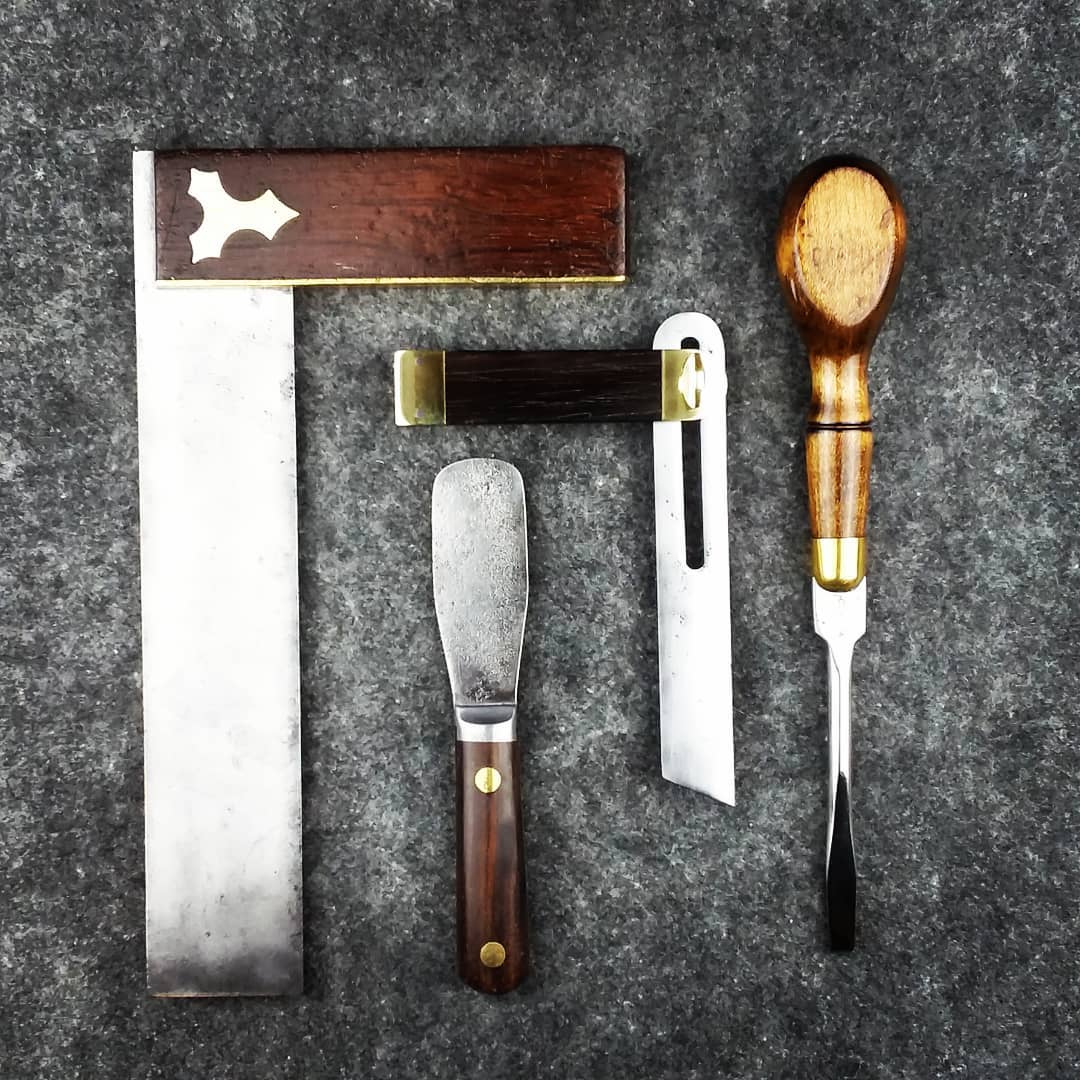
A simple manual screwdriver consists of a handle and a metal rod – blade, which consists of a shaft (longitudinal part) and a blade and is inserted in the handle with a shaft. The shaped end of the blade – the cutting edge – is inserted into the shaped groove, recess or hole in the screw head. The handle is usually adapted to grip the palms. It is usually made of plastic, traditionally made of wood, and can have a non-slip finish.
Find the Right Tool for Sanding
Sanding is the process of removing degraded surfaces, level out irregularities of the material, smoothing and regrinding paint before applying another layer, etc. There are two important instruments used in the process: the sander machine and the abrasive sanding paper.
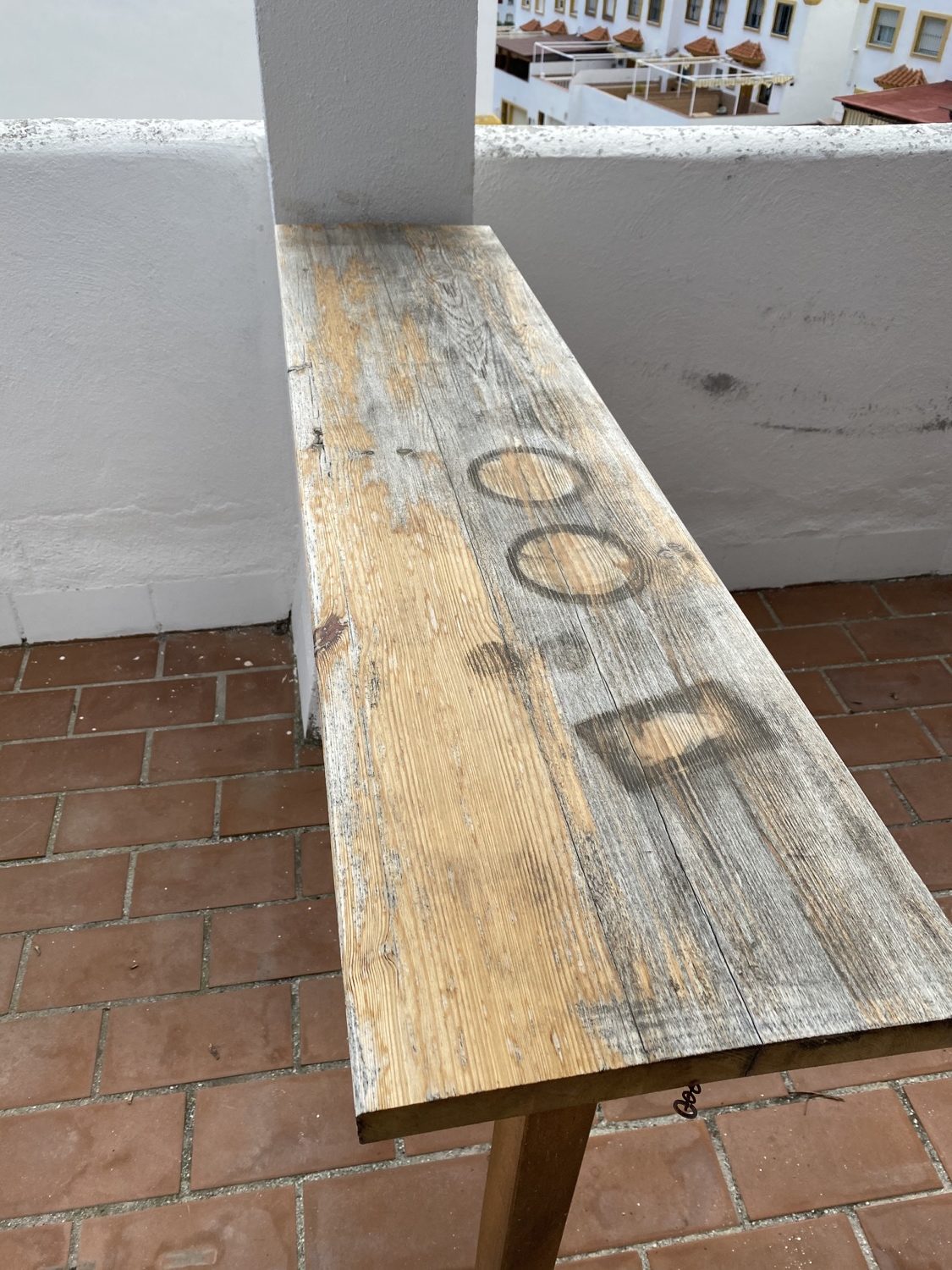
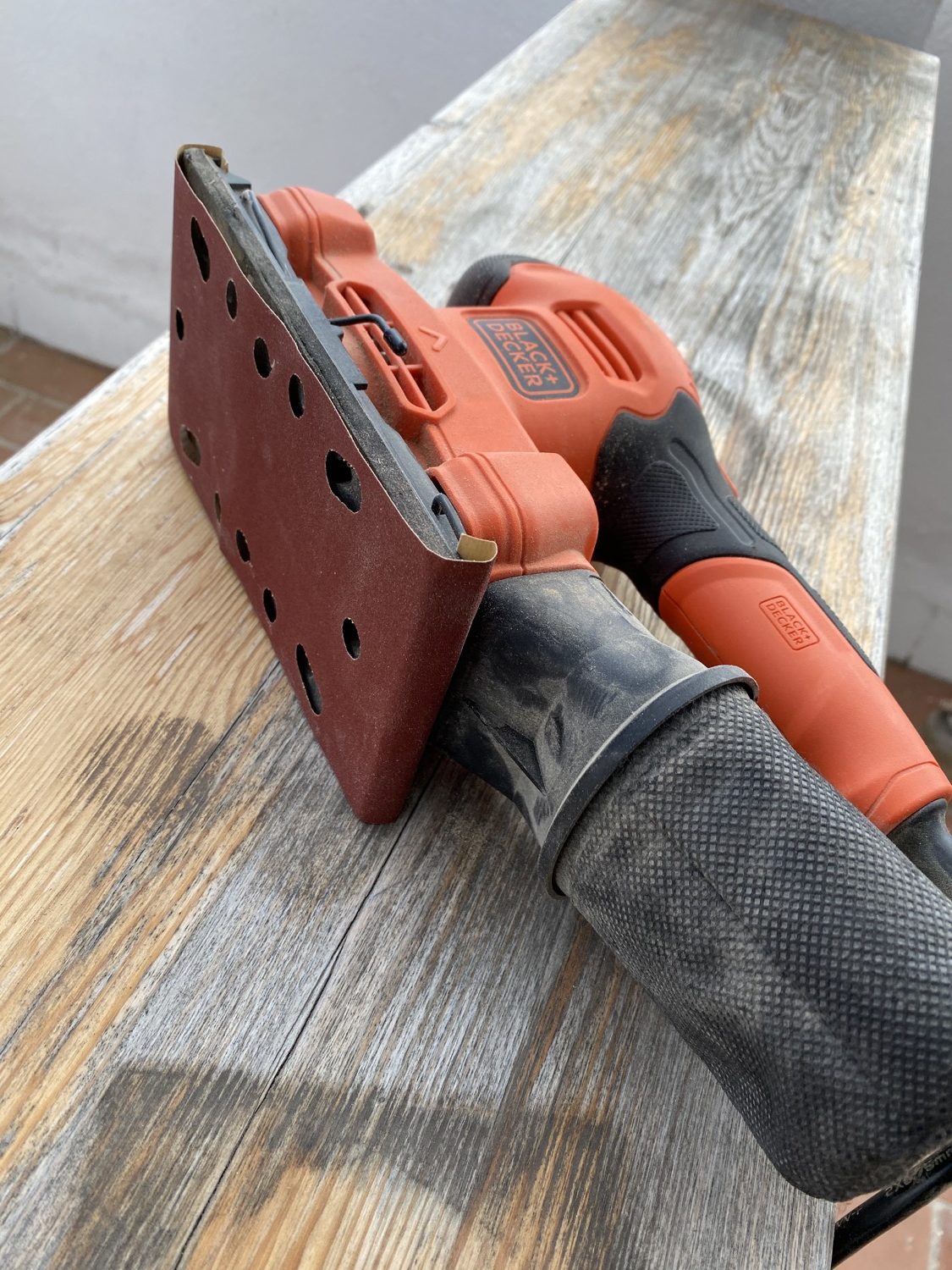
Abrasive paper is used for sanding wood, metal, lacquers and other materials. It can be used for example in joinery, parquetry and other wood processing, painting and car painting. The essential property of abrasive paper is the amount of abrasive grains it has – the higher the number, the finer the paper. The carrier material can be paper, canvas or special waterproof paper for wet grinding.
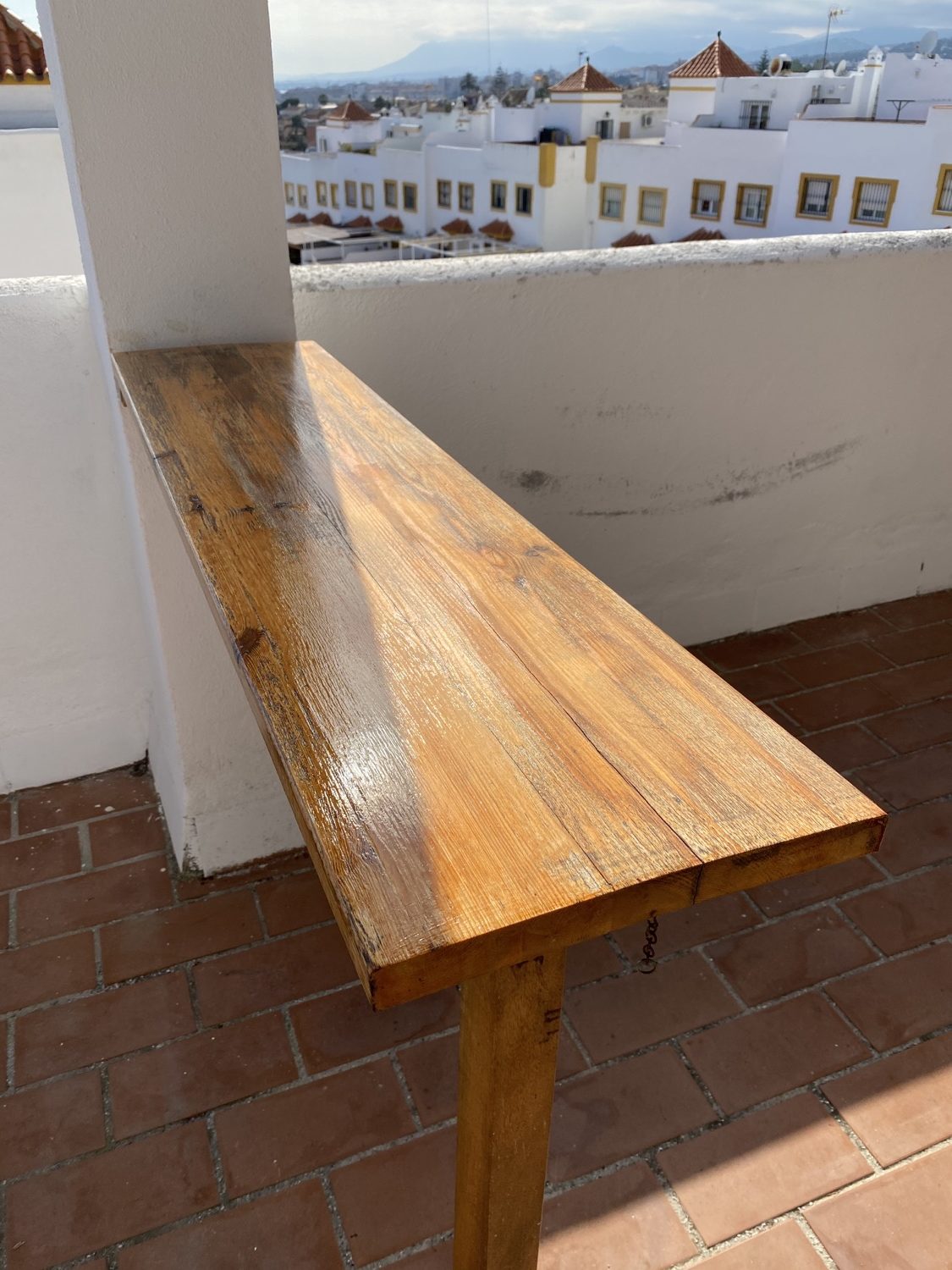
Abrasive paper can have different types of abrasive material, be it emery, quartz garnet, silicon carbide or ceramic abrasive material. While using the abrasive paper manually is an option, an electric-powered sander to which the sandpaper is attached is a better option. The most commonly used is the disc sander which can be used for abrasion of plastics, wood, metals and other materials.






